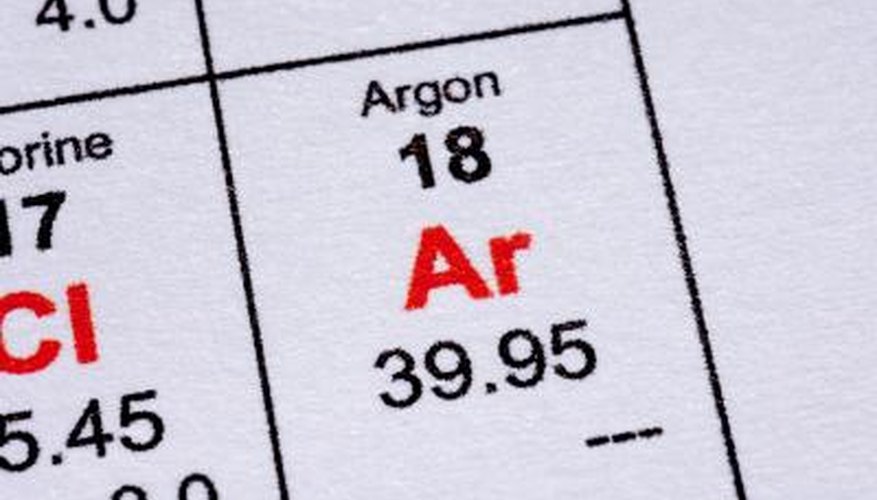Knowing all of your options when it comes to buying new windows is important. Argon gas has become a prevalent method to add insulation to your windows. This gas does have advantages over a window that is not filled with it, but there are some issues that you should be aware of.
Cost
Review the cost of an argon window. The window can save you money over time with a lower energy bill, but if you pay too much for the window up front, your savings will be small. In addition, the argon does not help to deflect many of the suns ultraviolet rays, which aid in heating up your home. The additional heating for your home will drive up your bill in the summer when you try to cool your home. Window replacements run around £195 to £455 as of November 2010. If you do get argon windows, get one with the Low E coating to help reflect the sun's rays.
- Review the cost of an argon window.
- If you do get argon windows, get one with the Low E coating to help reflect the sun's rays.
Leakage
A prominent concern with argon-filled windows is an issue with leakage. Argon is a colourless and odourless gas, so it cannot be detected by a human, which means the argon could leak from your windows over time and you would not realise it. One cause of leakage is an improper sealing of the window. If the window seal has even a small gap in it, you will lose your argon. Do some research on how the window is originally filled in the factory. A variety of methods, including a one-hole and two-hole method, exist for placing argon in the window. Each method can affect how well the argon is trapped in the window. A one-hole method means that only one hole was used to pump in the argon and gives the window less points to fail. The two-hole method means that the seal had two holes to pump in the argon and there are more failure points.
- A prominent concern with argon-filled windows is an issue with leakage.
- The two-hole method means that the seal had two holes to pump in the argon and there are more failure points.
Altitude
Residents at higher altitudes have specific concerns about their windows. When you go 2,500 feet in altitude above where your window was manufactured, you need a capillary or breather tube to prevent the change in altitude from causing a seal failure. Argon gas diffuses through the tubes very rapidly, and, by the time it reaches your home, there may not be any gas left. Window manufacturers are not liable because the window does not have to be tested for the argon content after it leaves the factory. Ensure that if you live at a high altitude that your windows were manufactured at the same altitude.
- Residents at higher altitudes have specific concerns about their windows.
- When you go 2,500 feet in altitude above where your window was manufactured, you need a capillary or breather tube to prevent the change in altitude from causing a seal failure.
Spacing
Spacing in your window is another factor for argon retention. The spacer is the piece at the edge of the window that separates each pane of glass. Metal spacers are common and use a rubber compound to seal it. Metal spacers are not good because they will allow gas to leak out over time as well as conduct heat and sound. Consider non-metal synthetic spacers that seal better and that will not allow your gas to escape.
- Spacing in your window is another factor for argon retention.
- Metal spacers are not good because they will allow gas to leak out over time as well as conduct heat and sound.
